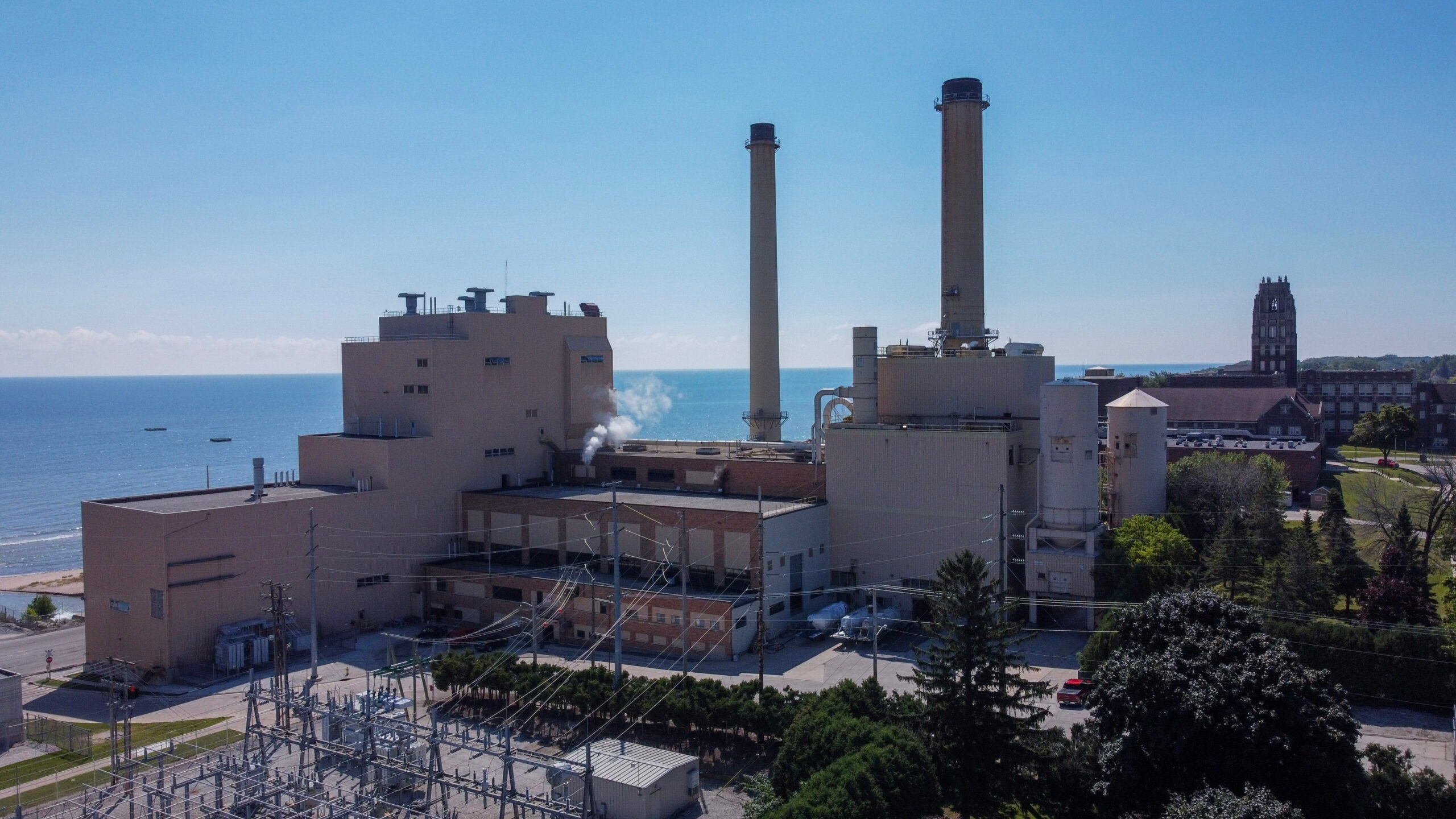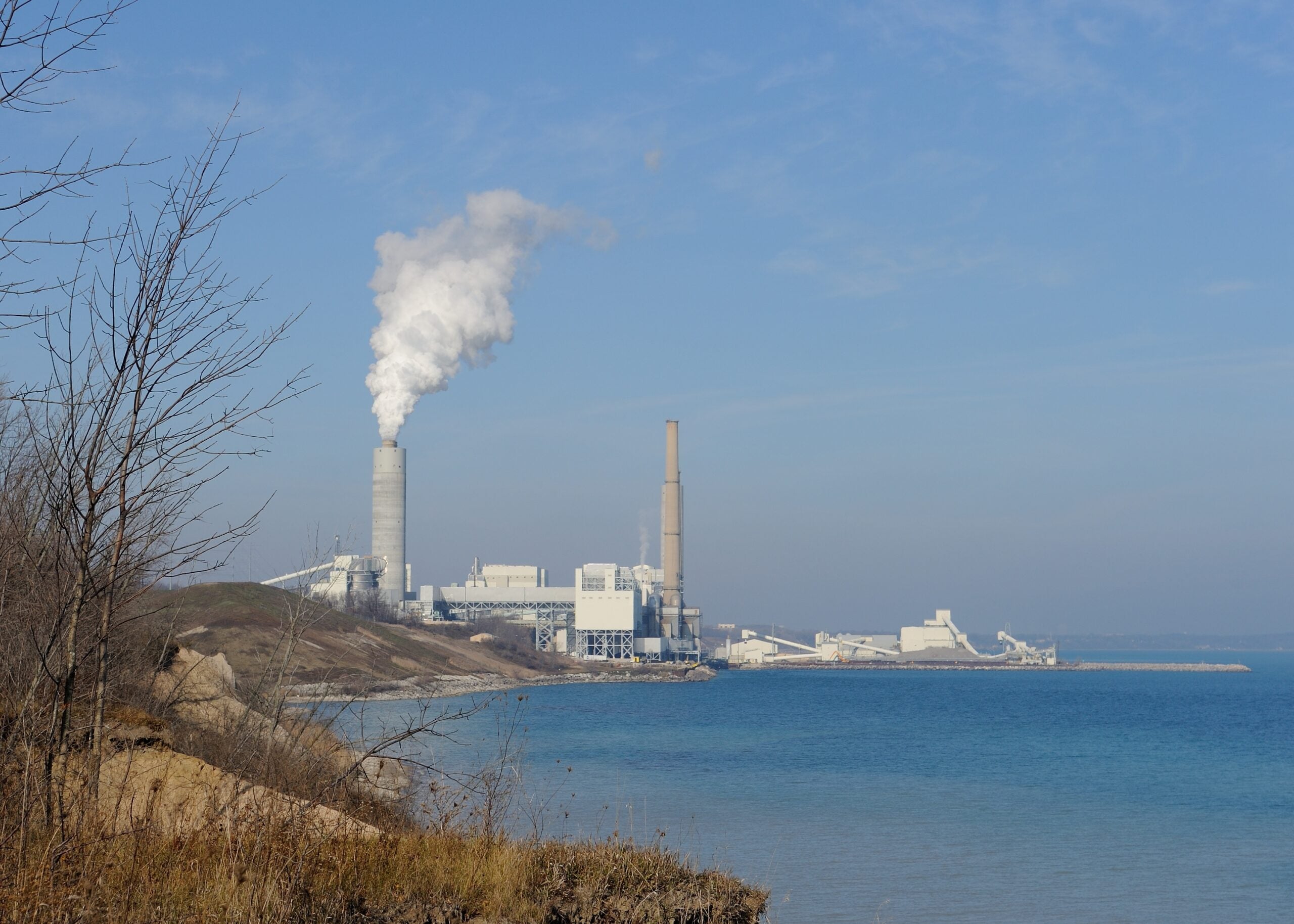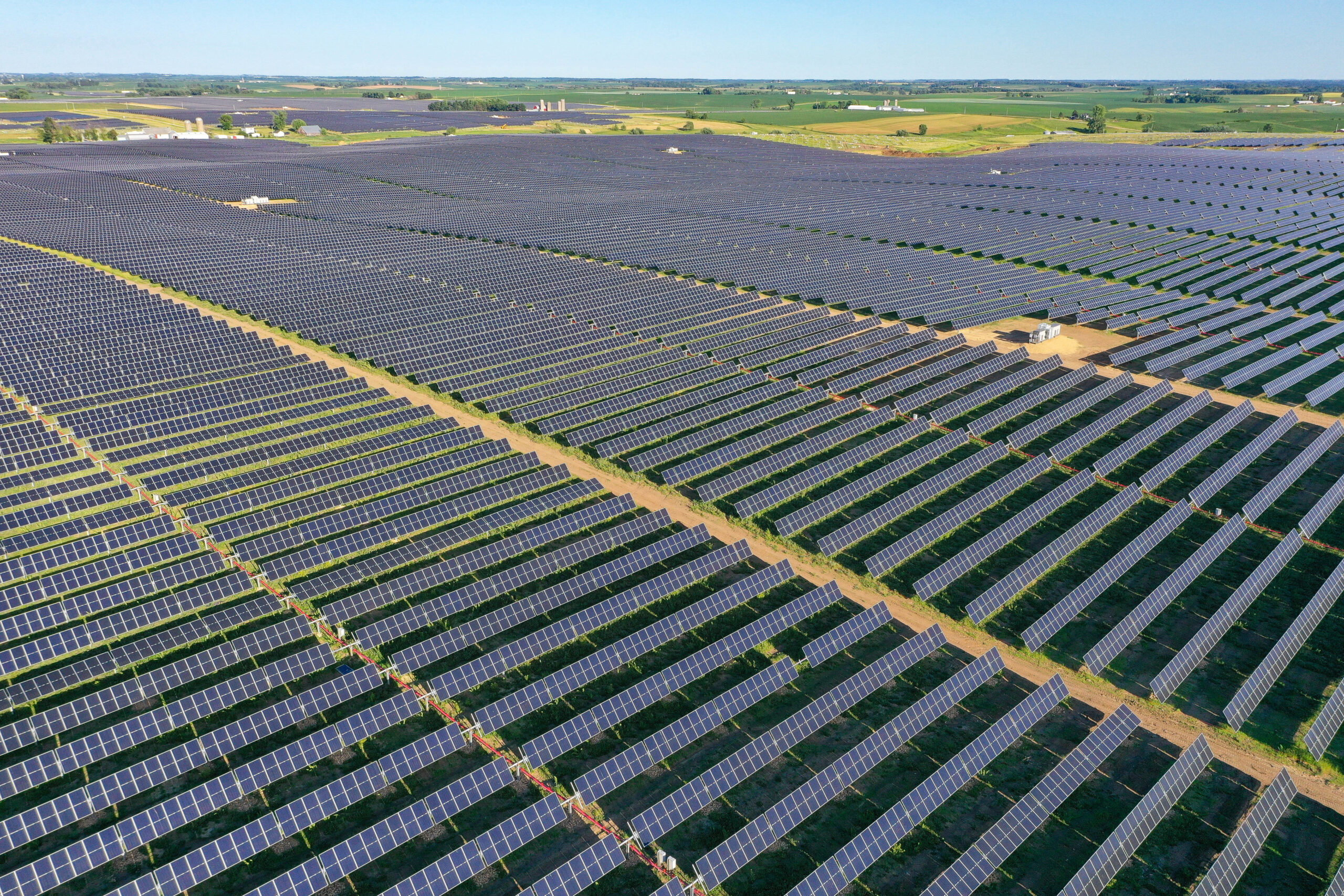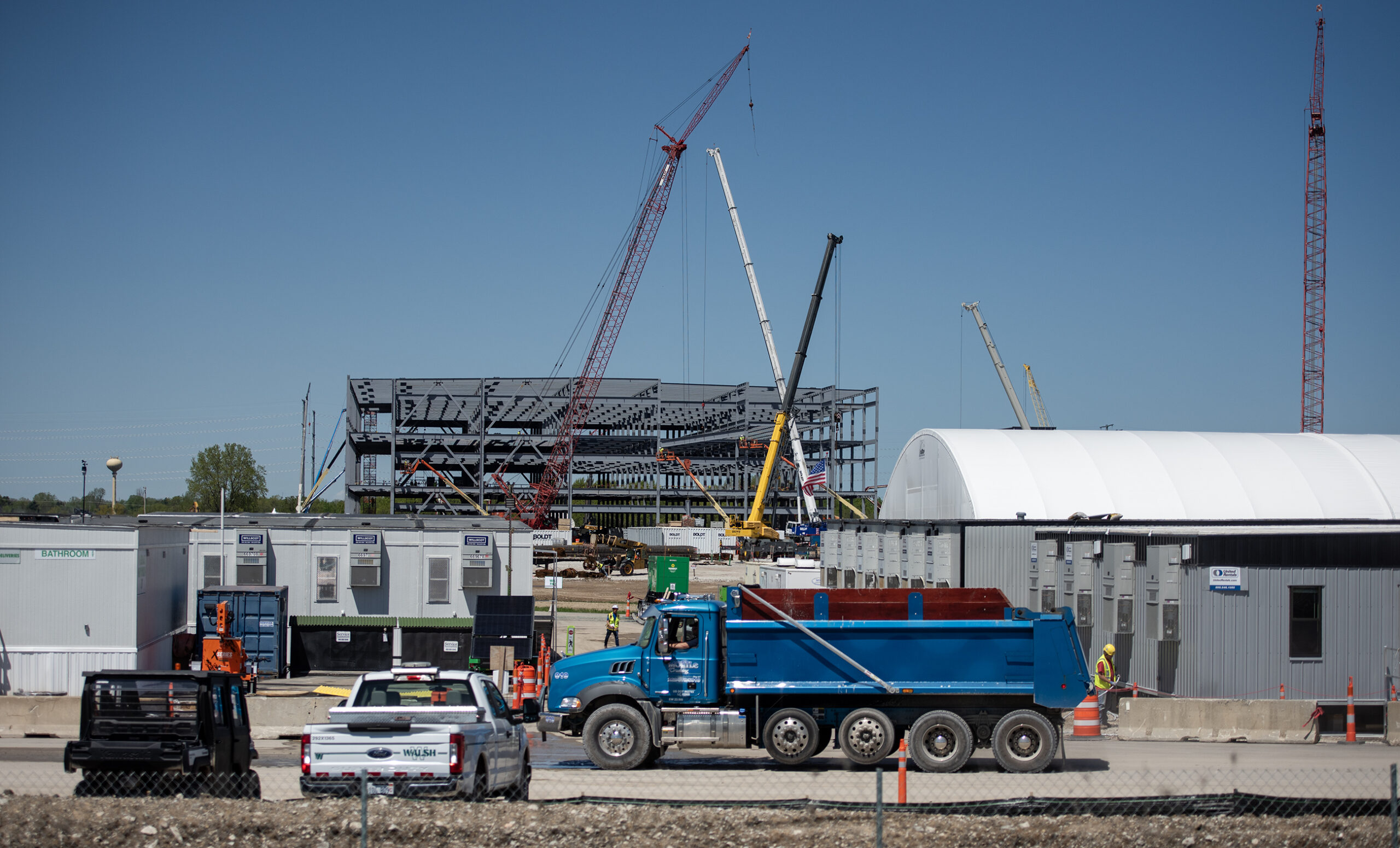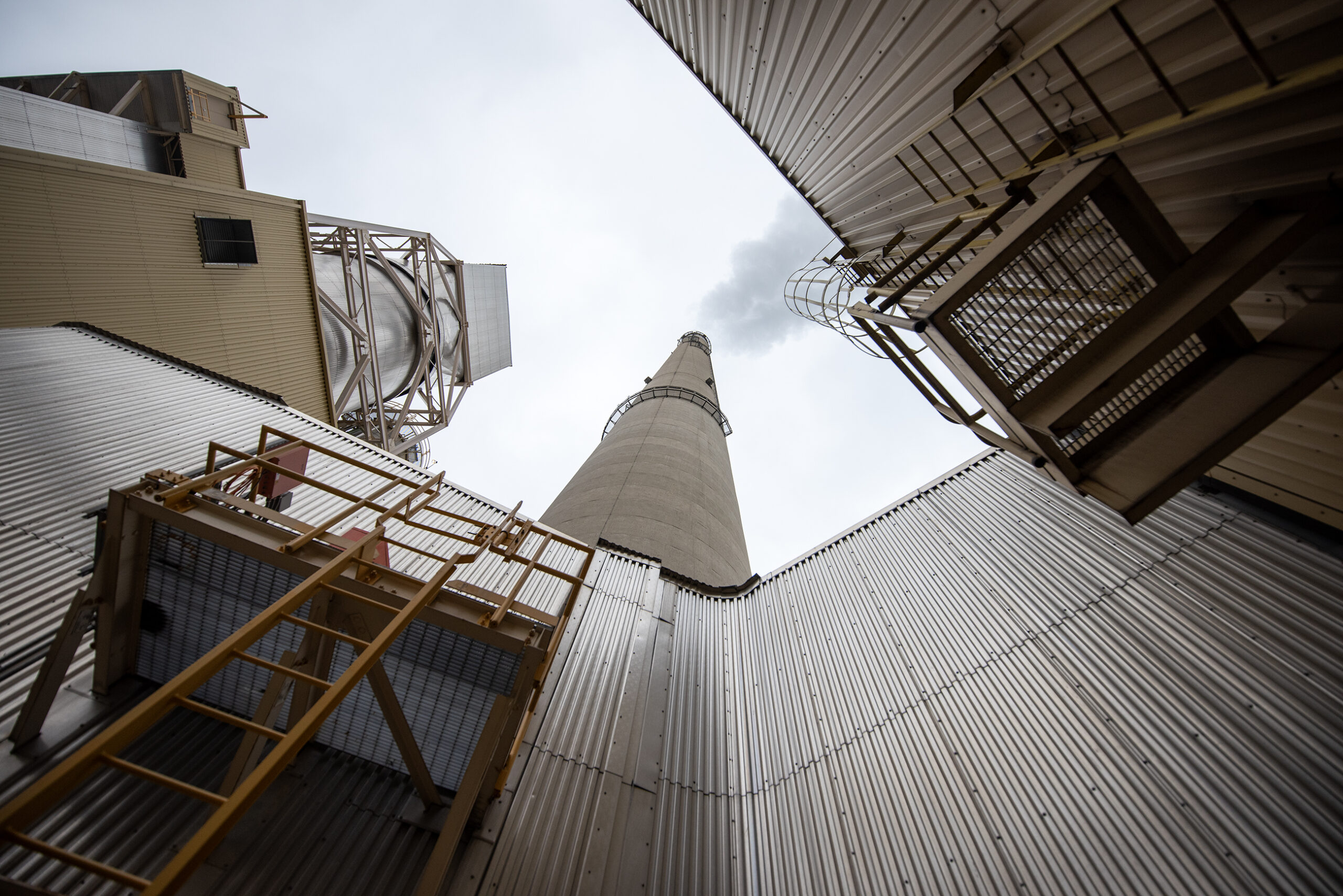A small northeast Wisconsin utility is the only regulated electric provider in the state that’s expected to increase its carbon emissions by the end of the decade, according to a new draft report by state regulators.
But officials with the municipality-owned utility say they’re working on a major project to turn that around.
In the draft report, the Public Service Commission of Wisconsin projects Manitowoc Public Utilities’ carbon emissions will increase by 2030.
Stay informed on the latest news
Sign up for WPR’s email newsletter.
The report says Manitowoc was the only utility to increase its carbon emissions in 2022, and it has not announced carbon reduction goals or a timeline for them.
Manitowoc Public Utilities officials say the projections from the PSC don’t reflect a plan to convert two boilers at its power plant from burning primarily fossil fuels to burning renewable fuel pellets, made from industrial paper and plastic waste that would otherwise go to a landfill.
“We found a path to extend the life of these boilers to allow other generation to be built,” said Troy Adams, general manager for Manitowoc Public Utilities. “These are dispatchable units, so we can ramp them up and ramp them down to match wind and solar. Having these units online actually enables more wind and solar to be built.”
Adams said the waste pellets are recognized by the state as a renewable energy source, and should account for about 80 percent of the community’s energy needs.
The utility estimates switching fuel sources at the plants will reduce greenhouse gas emissions by 55 percent from 2005 levels when considering all aspects of the project. That measure, Adams said, takes into account reductions in methane that would be released if the materials in the pellets went into a landfill.
“By diverting all that material, making pellets and running it in our generation, it ends up being a 55 percent reduction compared to what could have been,” Adams said.
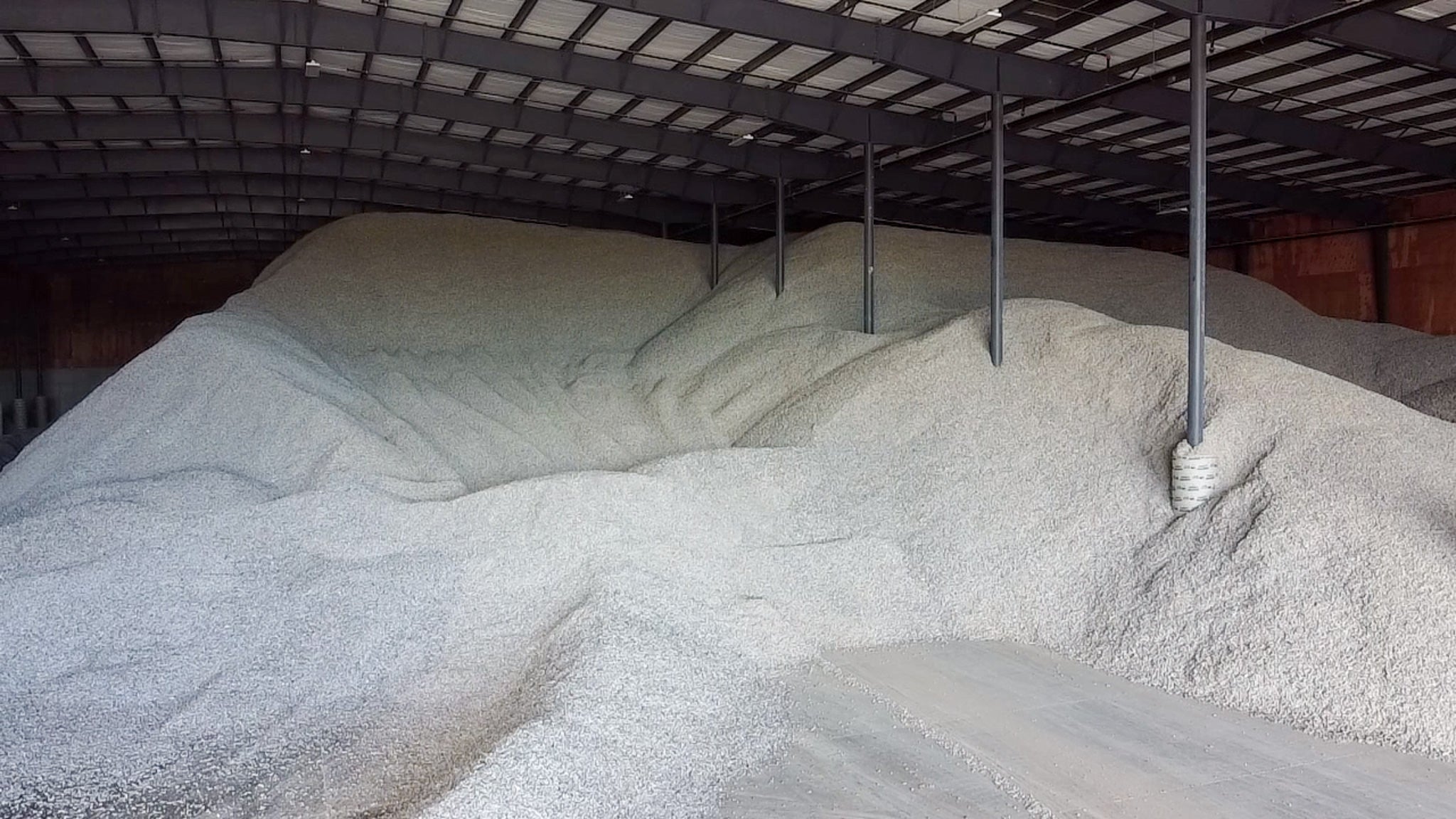
One of the units had it’s first successful long-term run on pellets in 2021 and the second unit in 2023, officials said.
The utility has partnered with a pair of companies in the Green Bay and Appleton areas that will supply the pellets, Adams said. They hope to have a another production facility online in late 2025.
While the pellets may be considered a renewable energy resource, Clean Wisconsin spokesperson Amy Barrilleaux said it’s not the same as clean energy. She said fuel pellets are not finite, like coal, but they still need to be burned to generate electricity.
“Anytime you burn something — whether it’s methane gas at a gas plant, coal or waste pellets in this case — pollution is released,” she said. “And that pollution harms the climate and it hurts people who breathe it in.”
She said the plan in Manitowoc is reflective of a larger industry-wide issue, where utilities are looking for better alternatives to coal that often still cause pollution.
“That’s not the conversation that needs to happen,” Barrilleaux said. “The conversation (they should have) is, ‘What’s the cleanest thing we can be doing right now?’”
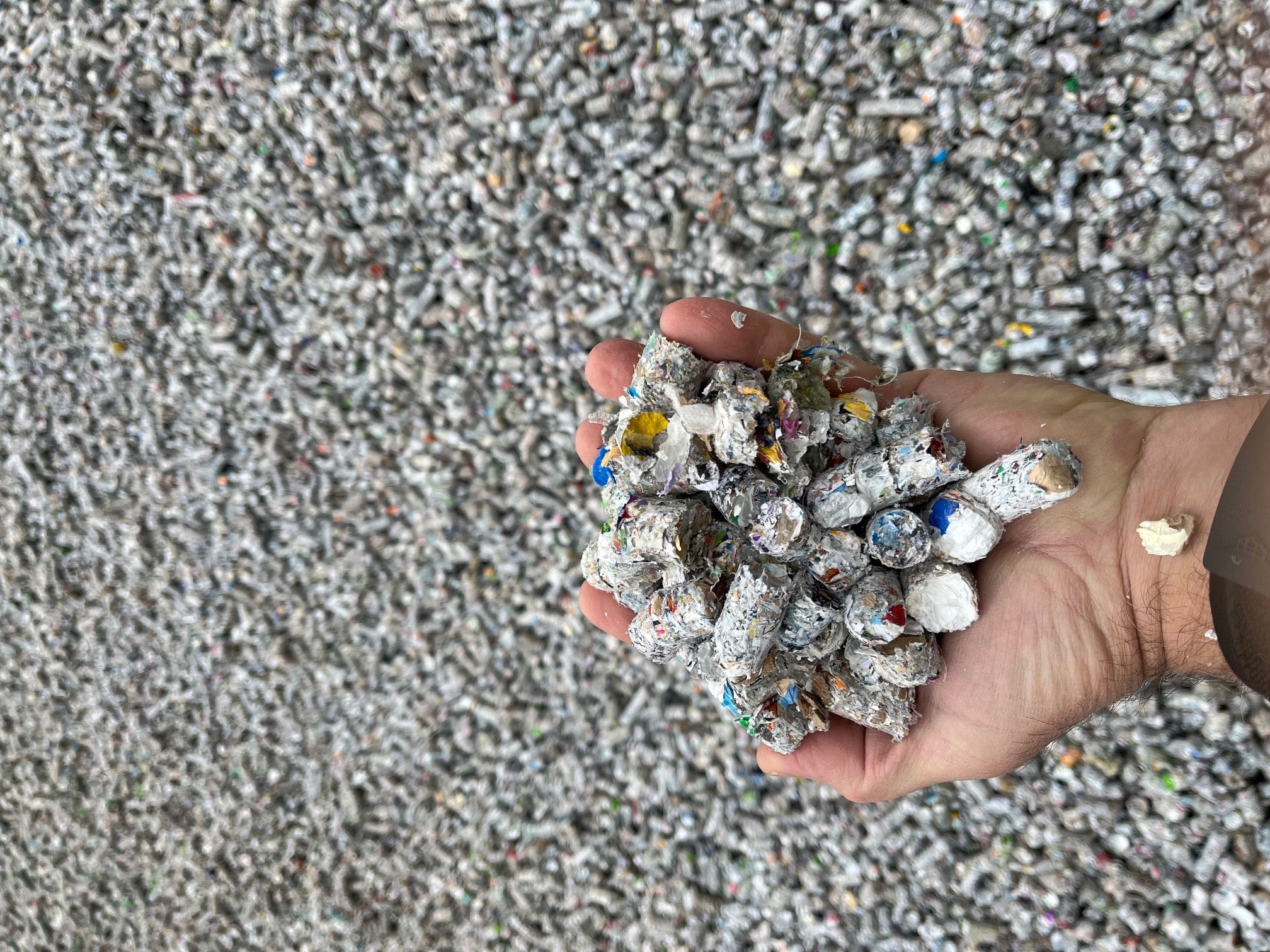
Adams said Manitowoc Public Utilities’ work around renewable energy isn’t limited to the refueling project. He said the utility is launching a community solar program for residential customers that is expected to go live this month.
“We’re really excited about how it was received by our customers and we’re looking at the possibility of rolling something like that out for an industrial customer,” he said. “(That would) create a bigger solar garden that’s meant to serve our commercial and industrial base.”
He acknowledged the utility has not set specific carbon emissions reduction targets. He said it’s something the city would have to decide, but the city has “been pretty happy” with the path the utility is taking.
Because it’s a municipality-owned utility, Barrilleaux said Manitowoc residents may actually have more power to have a say in the utility’s clean energy transition than customers for an investor-owned utility, like We Energies or Alliant Energy.
“Much of the time, in the face of a huge corporation or a huge power company … you can feel totally powerless,” Barrilleaux said. “In that sense, I think, for a place like Manitowoc Public Utilities, customers really can open that dialogue with the utility and talk about what they want.”
Wisconsin Public Radio, © Copyright 2025, Board of Regents of the University of Wisconsin System and Wisconsin Educational Communications Board.
